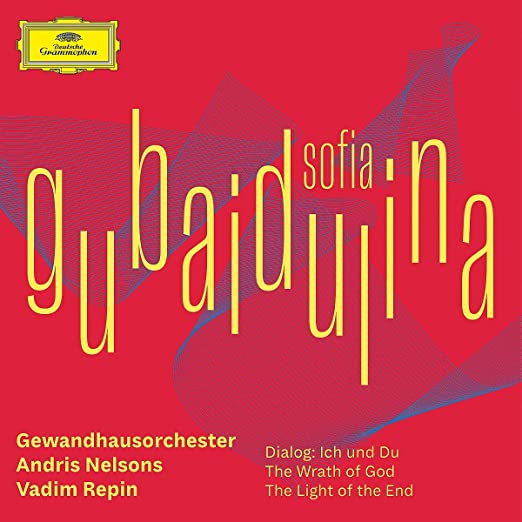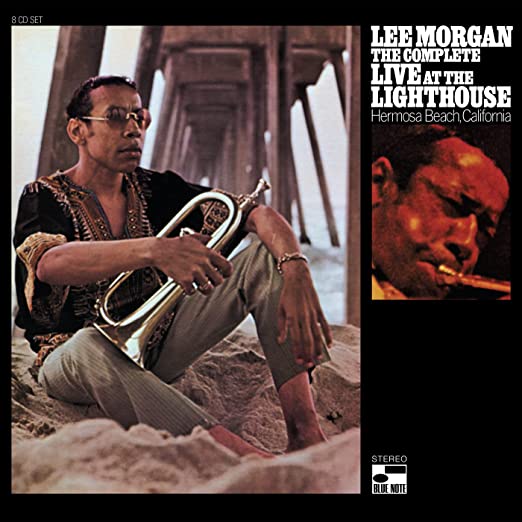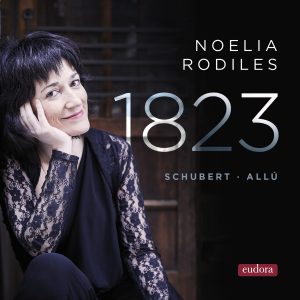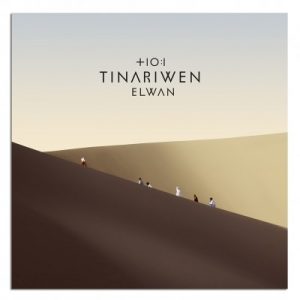
Perla Barocca. Early Italian Masterpieces. Rachel Podger, violin. Harpsichord, organ, and therobo accompaniment. Channel Classics. CCSA 36014. CD/SACD.
After the rich, close harmonies of the renaissance and before the fastidious counterpoint of the baroque, there was...early baroque? I write often in this column about the fascinations of transitions in the arts. We glibly describe them as periods when composers are reaching out of the world they inherit toward one their successors will bring to flower. But 'transitional music' often provides rich satisfactions of its own. We don't always have to listen through the lens of history and when we do we sometimes deafen ourselves to what is actually there rather than to its relation to what was or is not yet.
Brilliant, inspired, and ebullient period violinist Rachel Podger has fallen in love with the sensuous, sometimes almost romantic, lesser known Italian stars of the early seventeenth century. Fontana, Frescobaldi, Pandolfi, Uccellini, Castello, Marini, Mealli, (Isabella) Leonardo, Gabrielli, Cima, Bertali. I'm a fan of this music and even I only recognize six of these composers. Bless the stature and influence of Ms. Podger that enables her to 'rescue' this music that might otherwise remain in the dark. These composers ask for no baroque. Theirs is the music Vivaldi and Corelli grew up on, not to mention Bach and Handel up north.
It is easy to imagine this music played 'wrong'—with less love of it, less songfulness. Song is Podger's special gift to early music—she does not impose it, indulge it, or spoil it. She draws it out, seems to hear it. She's often rightly praised for her ability to maintain the formality and discipline which is this music's foundation, while keeping it beneath the lyric surface that is the music's very life. She has done her homework, mastered her craft and the music she plays; but she dares to let her love for the music show through.
I can recommend no better way to meet this wonderful music than through Rachel Podger.

Margaret Brouwer. Shattered and other chamber works. Maia String Quartet. Blue Streak Ensemble. Sandra Simon, soprano. Daniel Silver, clarinet. Naxos 8.559763.
Who the hell, I am embarrassed to ask, is Margaret Brouwer (b. 1940)? There are many more contemporary American composers I could ask that about if it weren't for the American Classics series of Naxos records, which has persuaded a considerable group of musicians and composers that it's better to be recorded than to wait around until a 'major' label wants to invest in and market you. As a result, scores of superb professional musicians and a great many lesser known composers are available to us: like Margaret Brouwer, who strikes me as a lot more noteworthy than the Rock and Roll Hall of Fame with whom she shares residence in Cleveland, Ohio.
Shattered Glass (2007), played by Brouwer's own Blue Streak Ensemble (flute, clarinet, violin, cello, percussion, and piano), is a rollicking, rhythmically complex single movement work. Each of the instruments has a role to play but virtuoso percussion is at the center. It's more exciting than memorable but highly entertaining nonetheless.
The four movement Quintet for Clarinet and String Quartet (2005), played by clarinetist Daniel Silver and the Maia String Quartet, is the highlight of the program for me. It begins with the jagged rhythms of Shattered Glass led by an enthusiastic clarinet, but the uniform sound of the quartet soon creates a more sonically coherent impression. There is a fragment of a familiar hymn at the center of the introductory movement which also contributes to the effect of pulling things in. In the second movement Adagio, "My White Tears Broken in the Seas," the mood of the hymn is maintained in a lyrical lament that then meanders into a long meditation in which the violin and clarinet sing a duet against the second violin, viola, and cello. A short Scherzo followed by a Vivace final movement reintroduce some of the energy of the opening before it all ends on a more discursive note. Got it? Actually, it's a lot more exciting than I make it sound here.
Whom Do You Call Angel Now? (2005) for soprano (Sandra Simon), viola, and piano is a poignant surprise in the middle of the program. It has some of the bitter-sweet romantic quality of Ned Rorem's songs. Lonely Lake (2011), played by the Blue Streak Ensemble, strives for the bucolic and largely succeeds thanks to some virtuosic flute playing. The album concludes with arrangements by Brouwer of Debussy and Bach composed for the Maia Quartet.
The overall impression of Brower that we get here is of a fresh, inventive, occasionally lyric composer who deserves a wider audience.

Galina Ustvolskaya, Sonata for Violin and Piano. Trio for Violin, and Piano. Duet for Violin and Piano. Patricia Kopatchinskaja, violin. Markus Hinterhäuser, piano. Reto Bieri, clarinet. ECM 2329.
Hiding among the many Eastern European children of Dmitri Shostakovich is his radical, idiosyncratic, oncompromising student, Galina Ustvolskaya (1919-2006). Uncompromising how? Bold, stark, high contrast with little hint of middle tones (I'm referring to black and white photography).
In her single movement Sonata for Violin and Piano (1952), the violin and piano march across the stage, each voice separate, for nineteen minutessand then for three more back off as if to reflect on what their performance is about, before almost literally walking away, knuckles rapping on the violin's body.
In the three movement Trio for Clarinet, Violin, and Piano (1949), the opening march comprises all three instruments and is more of a strident strut until it softens into a thoughtful stroll and then an extended period of reflection by the clarinet that carries us into a second movement Dulce where the clarinet and piano meditate together with occasional quiet accompaniment by the piano. Energico, the third and final movement, moves at a trot in which each instrument speakers its bald, rhetorical piece before easing into quieter, more restrained forms of expression.
The third and final work on the program is a half-hour long Duet for Violin and Piano (1964), which is notably experimental in its exploration of the sound of the instruments. It is not steadily engaging but once it has expended its first twenty minutes of splenetic effects, it moderates into somewhat more meditative material that has a spare beauty. This work is more appealing and less confrontational on an audio system not committed to getting every last leading edge detail!
Uncompromising. As a whole this program of music has an insistent quality. It insists on the necessity for discontinuity, which lasts for some time after it is heard, making us impatient with and even skeptical about musical phrases, let along melody and development. It insists on the importance, the reality, the singular authenticity of discrete musical moments.
I am a fan of Ustvolskaya's music but I don't insist that you be.

Carter Pann. The Piano's 12 Sides. The Bills. The Cheese Grater. Your Touch. Naxos 8.559751.
Categorizing music is not a useless and artificial exercise when it is done thoughtfully and with an eye to clarifying forms of human experience. It can be a way of getting at who we are when we're writing or listening to particular music. However wrong it may seem to those concerned with aesthetic equality and democracy to distinguish classical from jazz from pop, there is no question that we are in significantly different human places as we listen to Frescabaldi, Rubalcaba, and Led Zeppelin. That all three of these places are music is the least useful and enlightening thing to say about them.
What gives rise to this kind of conversation? An elusive and thoroughly engaging album of solo piano music composed by Carter Pann and played with considerable understanding by pianist Joel Hastings. This is the kind of album whose very existence raises the issue of musical categories.
Composers write out of the music they hear in their heads. Music writes music. And what composers hear in their heads depends on what musical world(s) they inhabit. The music on this album is written by a man who (he has written chamber and orchestral music as well) has Keith Jarrett, late nineteenth century romanticism, and the lyric tradition of American popular and folk music in his head. We sense that this various music makes up a considerable portion of the musical world Pann inhabits. But for him and his creative imagination it adds up to something else. None of it as it stands is quite right for him unto itself. The classical music is too cool, as is Jarrett; the popular music is too easy and formulaic. When an artist finds his principle influences lacking in something, failing to add up to something, we have the conditions for the creation of something new.
In this album, Pann sets out to demonstrate that this music can be made into something else, a new and different kind of music: not a misguided Third Stream that tries to be two essentially different places at the same time and thus ending up nowhere; not the sentimentalized stewed desert we call Wyndam Hill music. Rather, a modern, American Songs Without Words that is not embarrassed by the Mendelssohn original. To my ears, the music on this album makes a compelling case for what Pann aspires to.
What is the something else Pann has made here and is it really else? The composer would likely say it is something new, which if enough of you like it will become Something New. A genre that lazy critics will call a mixture, a salad, an olio but which smart critics who can hear will call...a new compound: something made from distinct identities which lose their individualities to become something new. Or Something New.
If there is a spectrum that leads from classical music at one end to popular music at the other, with jazz somewhat past the midpoint, then the music on this album is bit farther past it. It has the open heart of popular music, some of the subtle physicality of jazz, and some of the thoughtfulness of the classical idiom. Most importantly, it has a different quality of mind than all of them. It really does feel to me like Something New.
Equipment used for this audition: Resolution Audio Cantata CD player, Crimson 710 preamplifier and 640 mono-block amplifier, Tocaro 42 and JM Reynaud Orféo loudspeakers, Crimson cabling, Volex power cords.
Bob Neill is a former equipment reviewer for Enjoy the Music and Positive Feedback. Since 2004 he has been proprietor of Amherst Audio in Western Massachusetts, which sells equipment from Audio Note (UK), Blue Circle (Canada), Crimson (UK), Resolution Audio (US), and Tocaro (Germany).






































